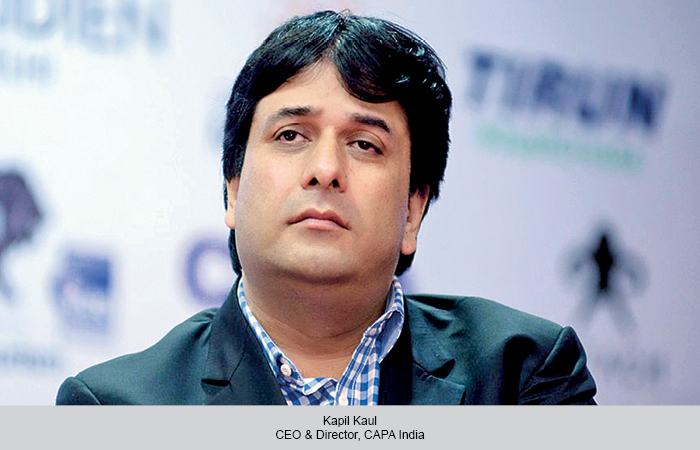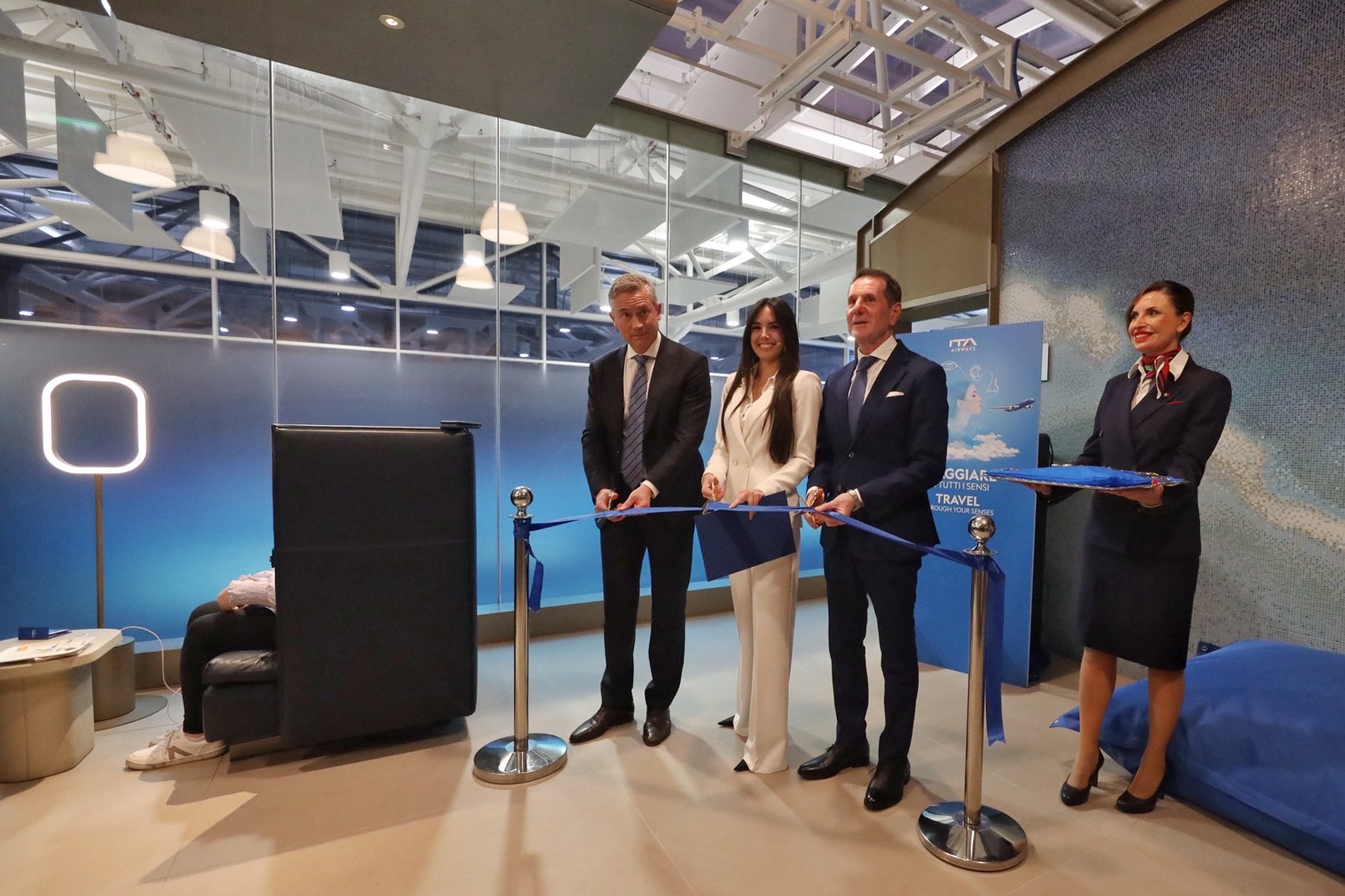Aviation industry’s growth trajectory in India is on the right track, with projections suggesting doubling of the fleet size by FY2030. This accelerated pace of expansion is poised to reshape the aviation landscape, propelled by a rate of growth unmatched in previous decades.
Janice Alyosius
In January 2022, the Indian aviation industry witnessed a historic turning point with the acquisition of Air India by the Tata Group. This landmark event signified not only a strategic shift but also marked the boldest reform since the liberalisation wave of FY2004. Predicted by CAPA Advisory as a critical inflection point, this move has not only stabilised the airline system but also had far-reaching positive impacts, both domestically and internationally.
Kapil Kaul, CEO & Director, CAPA India, shedding light on CAPA’s Outlook for Indian Aviation in FY2025 & Beyond, said that the Air India Group, now boasting a fleet of 270 aircraft, exemplifies the industry’s transformative journey. With a record order of 470 aircraft placed last year, accompanied by 370 options, the group’s expansion trajectory is nothing short of remarkable. Adding 40 aircraft in the past year alone and expecting delivery of five aircraft monthly in the near future, Air India sets a precedent for growth and ambition, he said.
Meanwhile, IndiGo, India’s largest airline, has not lagged behind. With a fleet of 367 aircraft and over 980 on order, IndiGo continues its rapid expansion despite supply chain challenges. Through a combination of lease extensions, securing aircraft on dry/ wet lease, and inducting four aircraft per month, IndiGo maintains its position as a key player in the Indian aviation landscape.
India’s airline fleet is set to double by FY2030. It took the Indian industry around 90 years from the time of the first commercial flight to reach a fleet size of 700 aircraft. But the rate of growth is so strong that carriers could add a further 600-700 aircraft in just the next 5-7 years.
Infrastructural revolution
Traditionally, airport infrastructure in India has struggled to keep pace with demand. However, for the first time, airport infrastructure is ahead of demand. With an investment pipeline of US $11 billion at various stages of implementation, metro airports now have a structural capacity exceeding 600 million passengers per annum.
The National Capital Region (NCR) and the Mumbai Metropolitan Region are witnessing the development of world-class airport infrastructure, with dual airport systems set to handle millions of passengers annually.
Delhi International Airport Limited (DIAL) has recently increased its capacity to around 100 million and is targeting to reach 130-140 million. This will be complemented by the greenfield Noida International Airport, which is likely to open by December 2024, with eventual capacity for 70 million passengers. The Mumbai Metropolitan Region within 12 months from now, will eventually be able to handle around 145 million annual passengers.
Additionally, Adani Airports is significantly expanding capacity at its six non-metro airports ensuring that growth is not limited to major urban centres. Airports Authority of India (AAI) is investing US $4 billion out of the total US $11 billion to significantly enhance non-metro capacity.
Although terminal and runway infrastructures are being developed, greater attention may need to be given to ensuring that there are sufficient parking bays available to support fleet expansion. The productivity of single and dual runway airports needs to be increased to international benchmarks. It is expected that more airports will be privatised and modernised in the next fiscal, with 25 airports earmarked for monetisation. Greenfield airports are also planned in Chennai and Pune.
Irreversible stability
The Indian aviation industry boasts a robust and dynamic airline system, characterised by its size, scale, and strategic intent to become world-class operators. This ambition is exemplified by Air India’s significant investment of US $700 billion in its business plan, reflecting a commitment to excellence and growth.
IndiGo reported record profitability of approximately US $1 billion in FY2024, with expectations of another exceptional year in FY2025. Despite challenges – such as more than 130 grounded aircraft – the industry has witnessed remarkable growth, with domestic traffic increasing by nearly 13 per cent and international traffic by 22.3 per cent in FY2024.
Additionally, airlines have adopted a rational pricing regime, maintaining it consistently over the last 12-18 months. This strategic approach has resulted in record yields, particularly notable in December 2023.
 TravTalk India Online Magazine
TravTalk India Online Magazine





